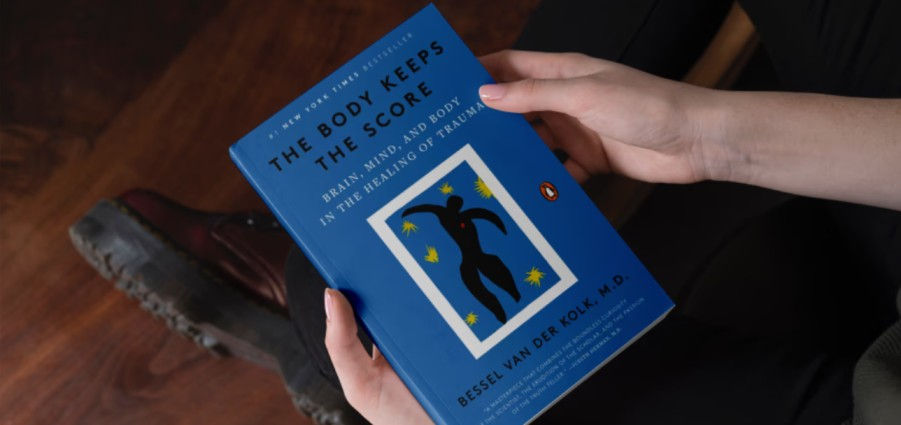How The Body Keeps the Score Informs My Work as a Therapist
- Zach Walters

- Sep 16
- 3 min read
As a therapist, few books have influenced my work as deeply as The Body Keeps the Score by Dr. Bessel van der Kolk. This groundbreaking book has shifted how many of us in the mental health field understand trauma—not just as something that lives in our minds, but as a whole-body experience that shapes the way we think, feel, and connect with others.
I often recommend The Body Keeps the Score to both trauma survivors and fellow clinicians. It offers insight into how trauma is formed, how it lingers, and most importantly, how it can be healed. In my own practice, the ideas from this book have become a guiding framework for helping clients find both safety and growth.
Trauma Lives in the Body and Nervous System
One of the most powerful lessons from The Body Keeps the Score is the recognition that trauma is stored in the body. Many of my clients come to therapy seeking relief from anxiety, depression, chronic pain, or struggles in relationships—without realizing that unresolved trauma may be fueling these symptoms.
Trauma affects the nervous system in profound ways. After overwhelming experiences, the brain’s alarm system—especially the amygdala—can stay stuck in overdrive. Some people describe feeling constantly “on edge,” while others feel emotionally numb. These responses are not character flaws or weaknesses. They are the body’s survival strategies, developed to protect us from danger.
Understanding trauma this way helps shift the question from “What’s wrong with me?” to “What happened to me?” That shift alone can lift the weight of shame and open the door to healing.
Moving Beyond Talk: Body-Based Healing
Another lesson from The Body Keeps the Score is that talk therapy, while valuable, is often not enough. Because trauma is held in the body, healing must also include the body.
In my work, I often integrate grounding exercises, mindfulness, and breathwork to help clients reconnect with their physical selves. These tools can give people a sense of safety and control when their nervous system feels hijacked.
For example, someone who experiences panic attacks may learn to notice early physical cues—like a racing heartbeat or tightness in the chest—and then use grounding strategies to steady themselves. For others, body-based practices like yoga, tai chi, or brainspotting can help release trauma stored deep in the nervous system.
Creating Safety First
Above all, The Body Keeps the Score emphasizes that safety is the foundation of healing. Before diving into trauma processing, clients need to feel secure—both within the therapy relationship and within themselves.
This mirrors the phase-based approach to trauma treatment:
Building stability and resources
Processing traumatic experiences
Integrating the healing into daily life
Sometimes this process takes time, and that’s not only okay—it’s necessary. Honoring each client’s pace helps create the trust and safety needed for real healing.
For me, The Body Keeps the Score is more than a book—it’s a reminder that trauma therapy must be compassionate, embodied, and collaborative. Healing doesn’t happen through insight alone. It unfolds through safe, lived experience in the body, and through relationships that restore a sense of connection.
Whether you’re a therapist, a trauma survivor, or simply someone curious about the mind-body connection, The Body Keeps the Score offers wisdom and hope. It continues to shape my work every day and inspires me to walk alongside clients with greater care and respect for the body’s role in healing.







Comments